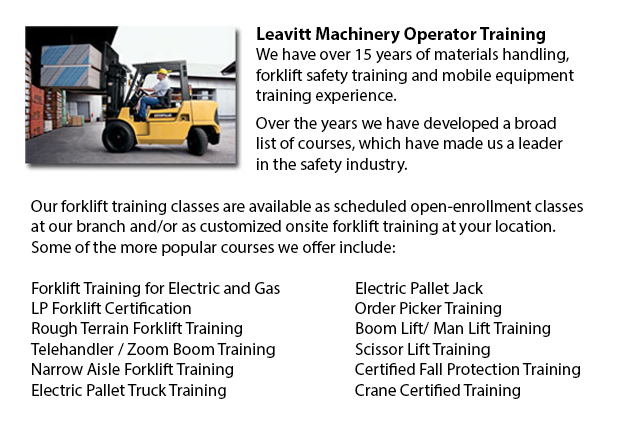
There are actually two kinds of lift trucks within the production industry, the rough terrain model and the industrial version. Rough terrain forklifts appeared in the 1940’s built primarily for use on irregular roads, perfect for lumberyards and construction sites, providing lifting muscle when there was no paved surface existing.
Usually, the majority of rough terrain forklifts are run on a propane, diesel or gas driven internal combustion engines with a battery used for power. A number of suppliers are playing with rough ground forklifts that make use of vegetable matter and run from ethanol. Huge pneumatic tires with deep treads distinguish these vehicles to allow them to grab onto the roughest soil type devoid of any slippage or shifting.
The most basic styles of all terrain lift trucks were able to carry weights of up to 1000 lbs, via blades that could run under the item, lift it a little bit and then move it to an alternate location. After some time on the market, rough terrain lift trucks had been given additional carrying strength to about 2000 lbs capacity. Telescoping booms were added in the 1960’s, enabling them to stack materials much higher than in previous years. The telescoping model feature is a staple of nearly all rough terrain lift trucks these days. Present styles are capable of handling well over 4000 lbs thanks to the continued improvements over time. Telescoping capability has also improved with some styles achieving a height of 35 feet. Operator safety has also become a focus with a lot of rough terrain forklifts now designed are outfitted with an enclosed cab for the operator, as opposed to the older open air seating capacity.
The rough terrain lift trucks on the market today both perform skillfully on unpaved surfaces and paved floors. This kind of all terrain forklift is marketed for its’ usefulness enabling the opportunity for firms to utilize one unit to carry resources from an outside working area into a warehouse.
-
Pallet Lifts
A pallet haul is equipment built in particular for moving pallets of varying weights and sizes. They may be utilized in conjunction with cranes, lift trucks and other heavy duty machines as an appendage piece or to be employed on their own. Pallet ho... More -
Pallet Stackers
Pallet stackers are a kind of pallet jack that might be employed to stack, transfer and haul produce placed on a pallet that are far too heavy for manual lifting. Mostly these mechanisms are employed to load and unload freight from trucks and to tran... More -
Scissor Pallet Trucks
Scissor lift pallet vehicles are built to be able to transfer and stack pallets with a built-in raising device that allows the pallets to be elevated. This apparatus is extremely effective for working in limited spaces that does not tolerate a full-s... More -
Reach Trucks
Reach Trucks are mechanized equipment utilized for loading and storage in some establishments that maintain storage of materials to finished goods on a pallet which are then inserted into elevated shelving units. This loading device helps businesses... More -
Pneumatic Forklifts
Pneumatic jacks are generally known as pallet lift trucks or pump trucks and are extensively utilized in warehouses and shipping plants to transport resources on pallets. Pneumatic forklifts consist of a pair of metallic blades installed on a wheeled... More

Forklift Training Kamloops
TOLL FREE: 1-888-254-6157
Kamloops, British Columbia
forklifttrainingkamloops.com
Email Us
About Us


